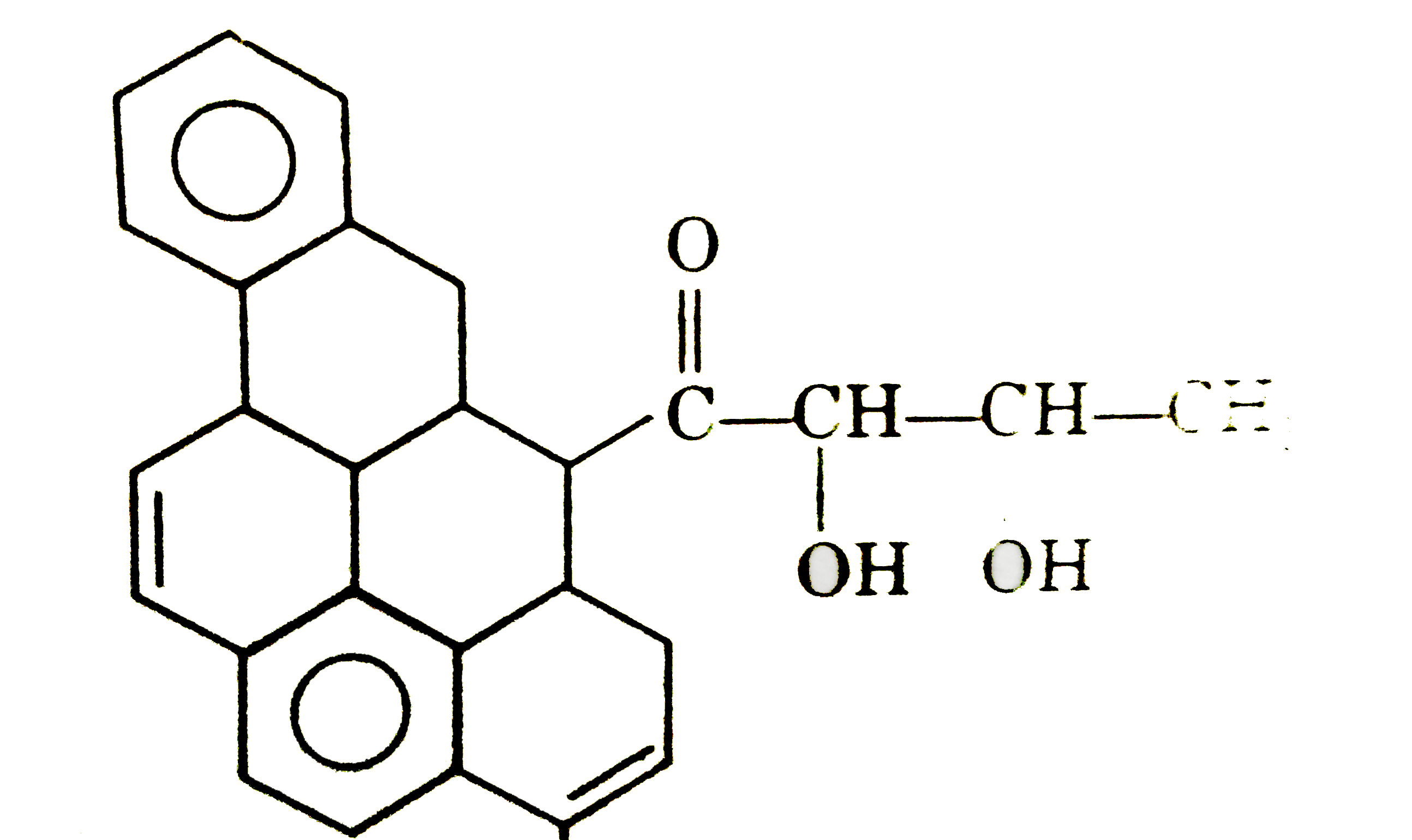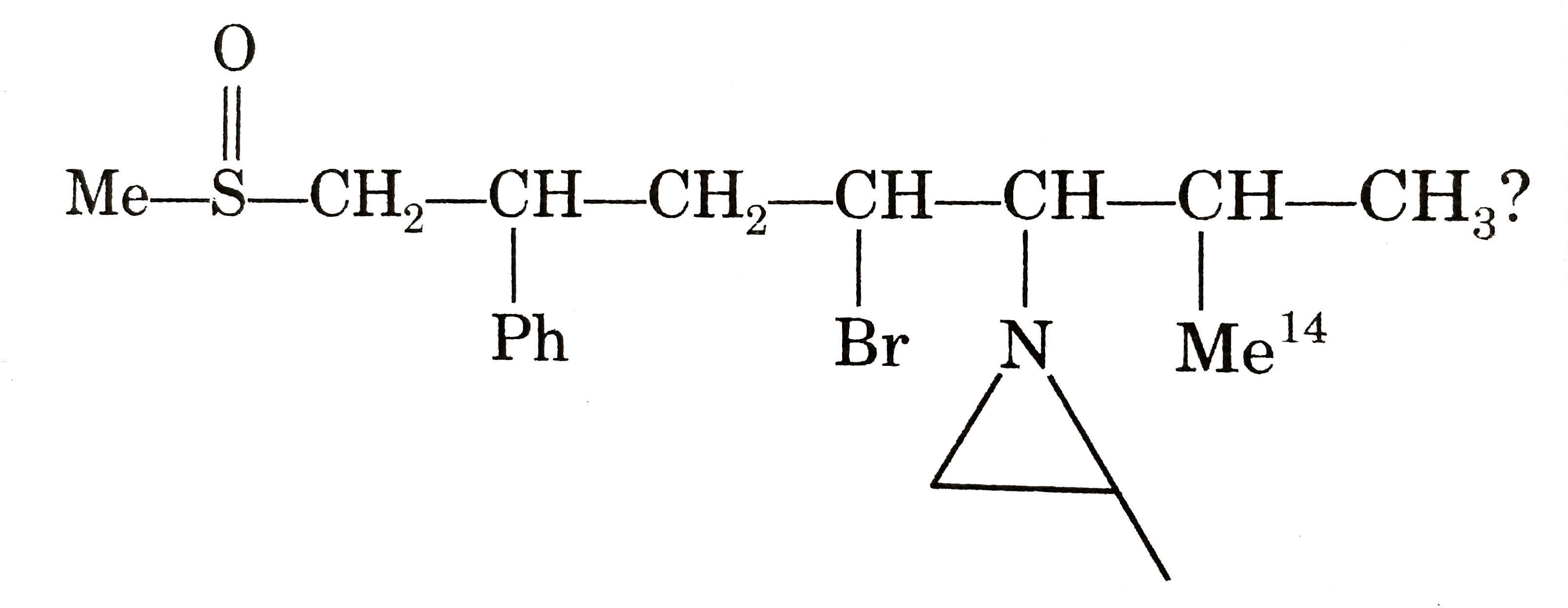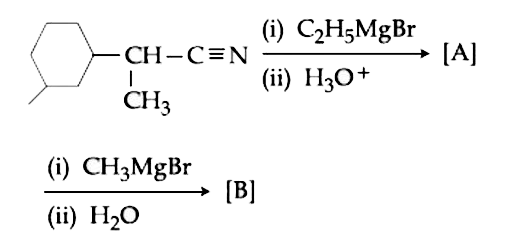On chiral centre there is always ........... in reaction
100% retention
100% inversion
100% recenisation
inversion is more than retention leading to recenisation
The correct Answer is:D
To answer the question regarding what happens at a chiral center during an SN1 reaction, we can break down the process into clear steps:
1. Understanding SN1 Mechanism:
- The SN1 (Substitution Nucleophilic Unimolecular) reaction involves two main steps: the formation of a carbocation intermediate and the nucleophilic attack.
2. Formation of Carbocation:
- In the first step, the leaving group departs, resulting in the formation of a planar carbocation. This carbocation has a trigonal planar geometry, making it symmetrical.
3. Nucleophilic Attack:
- The nucleophile can attack the carbocation from either side (front or back) due to its planar structure. This leads to two possible outcomes:
- Inversion: If the nucleophile attacks from the opposite side of the leaving group, it results in inversion of configuration.
- Retention: If the nucleophile attacks from the same side as the leaving group, it results in retention of configuration.
4. Resulting Configurations:
- Since both inversion and retention are possible, the product will be a mixture of both configurations. This phenomenon is known as racemization.
5. Conclusion:
- Therefore, at a chiral center during an SN1 reaction, there is always inversion and retention leading to racemization.
Final Answer:
On a chiral center, there is always inversion and retention leading to racemization in an SN1 reaction.
---
- The SN1 (Substitution Nucleophilic Unimolecular) reaction involves two main steps: the formation of a carbocation intermediate and the nucleophilic attack.
- In the first step, the leaving group departs, resulting in the formation of a planar carbocation. This carbocation has a trigonal planar geometry, making it symmetrical.
- The nucleophile can attack the carbocation from either side (front or back) due to its planar structure. This leads to two possible outcomes:
- Inversion: If the nucleophile attacks from the opposite side of the leaving group, it results in inversion of configuration.
- Retention: If the nucleophile attacks from the same side as the leaving group, it results in retention of configuration.
- Since both inversion and retention are possible, the product will be a mixture of both configurations. This phenomenon is known as racemization.
- Therefore, at a chiral center during an SN1 reaction, there is always inversion and retention leading to racemization.
On a chiral center, there is always inversion and retention leading to racemization in an SN1 reaction.
Topper's Solved these Questions
- BOOK - CBSE COMPLEMENTARY MATERIALCHAPTER - HALOALKANES AND HALOARENESEXERCISE - Assertion and Reasoning2videos
HALOALKANES AND HALOARENES
- BOOK - CBSE COMPLEMENTARY MATERIALCHAPTER - HALOALKANES AND HALOARENESEXERCISE - Matching Column Type2videos
HALOALKANES AND HALOARENES
- BOOK - CBSE COMPLEMENTARY MATERIALCHAPTER - GENERAL PRINCIPLES AND PROCESSES OF ISOLATION OF ELEMENTSEXERCISE - Short Answer-II Type Questions5videos
GENERAL PRINCIPLES AND PROCESSES OF ISOLATION OF ELEMENTS
- BOOK - CBSE COMPLEMENTARY MATERIALCHAPTER - P-BLOCK ELEMENTSEXERCISE - LONG ANSWER TYPE QUESTIONS15videos
P-BLOCK ELEMENTS
Similar Questions
Knowledge Check
- Question 1 - Select One
Rate of SN1 reaction is :
 AS>Q>R>PBS>R>P>QCP>Q>R>SDS>R>Q>P
AS>Q>R>PBS>R>P>QCP>Q>R>SDS>R>Q>P - Question 2 - Select One

Number of chiral centres inA1B2C3D4 - Question 3 - Select One
The chiral centre is absent in :
ADCH2−CH2−CH2−CIBCH3−CHD−CH2−CICCH3−CHCI−CH2DDCH3−CHOH−CH2−CH3
How many chiral centres are present in
 View Solution
View SolutionHow many chiral centres are present in
 View Solution
View SolutionGeometry of reaction intermediate in SN1 reaction is
View SolutionSN1 reaction is faster in
View SolutionAliphatic nucleophilic substitution is mainly of two type SN1 and SN2.SN2 reaction proceed with strong nucleophile in polar aprotic solvent. 3∘ halides do not give SN2 reaction. Inverted products are obtained in this reaction and mechanism of reaction occurs through the formation of transition state.
SN1 reaction proceed through the formation of carbocation in polar aprotic solvent. Solvent itself acts as nucleophile in this reaction. Racemization takes place in SN1 reaction.
Which of the following compounds will give SN1 reaction ?View Solution


 It has chiral centre
It has chiral centre